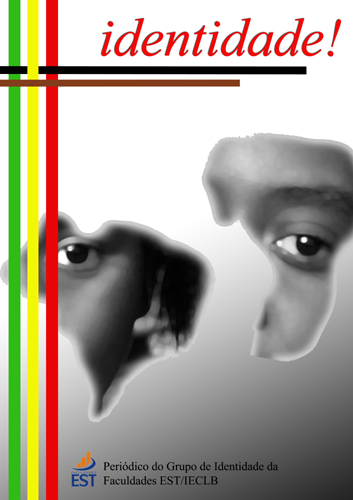BLACK HISTORIES AND (IN)VISIBILITIES:
THE POWER OF ART
Keywords:
Racism, Musical art, Memory and HistoryAbstract
The article discusses racism through the lens of art, understanding it as a possibility of reflection on school memories in connection with the teaching and learning of the history of Brazil regarding the history of the black people. Amid the memories, images emerge and make it possible to (re)view and (re)think perceptible and similar facts and experiences to those of other black people of different genres. Histories at times hidden and portrayed as stereotypes that make black men and black women inferior, considered legitimate, since they were "scientifically" proven. The reflection is based on the lyrics of “Cota não é esmola”, by Bia Ferreira, whose analytical construction is based on studies that discuss racial issues, such as those by Lilia Schwarcz, Chimamanda Ngozi Adiche, Silvio Luiz de Almeida, Florestan Fernandes, and other poetical-literary contributions. The article also points to the power of the combination of public policy and the strength of art.
Downloads
Published
How to Cite
Issue
Section
License

This work is licensed under a Creative Commons Attribution-NonCommercial-NoDerivatives 4.0 International License.


